We are now past the halfway mark of the first trimester and adjusting to the recent move from all-virtual to the cohort model – a very interesting, unique, and fluid first trimester.
Every year, with predictability, we run a comprehensive and engaging Middle School program where the focus is spent (and where it should be spent) on teaching. This year, however, our focus has had additional layers and dimensions, as we’ve had to rethink all aspects of our program. A huge amount of time and energy was spent on addressing logistics– from pick up to drop off; from student passing patterns in-and-between buildings to lunch lines, from desk arrangements to sanitizing stations, and so on– so that our community members would be learning and teaching in the safest environment possible.
On top of providing input and planning for this critical safety piece, the Middle School faculty re-envisioned their curricular objectives and teaching delivery so they could instruct our young learners more effectively virtually and face-to-face for longer blocks of time. We were challenged to think in new ways; what had worked beautifully with students on campus in a 45-minute daily class did not necessarily transfer to the modified structure.
While we were fortunate to have good feedback from our community members about last spring’s foray into virtual learning to inform our efforts, last trimester’s program was an abbreviated, crisis-response version of school. Our goal this year has been to transform that experiment into a longer-term, sustainable, engaging program that continues to embody the full CA experience despite the evolving circumstances of the pandemic. And, despite our faculty committing extra time over the summer to plan for the cohort model, it has proven to be time-intensive, thought-provoking, and challenging work.
PE teachers ponder how to teach students virtually or how to teach in-class participants with limited or no contact between students. Performing arts faculty wonder how to handle ensembles and practices when the band or chorus classes now meet outside. All teachers grapple with how to best group students when some are not on campus. And how does one engage a lively bunch of adolescent learners for extended periods when in virtual mode? As many questions as answers arise and, as thoughtfully and carefully as we have planned, there have been and will continue to be on-going tweaks and adjustments as we learn what works and what does not. In many ways, every day, we’re modeling what we hope to instill in our students: resiliency, flexibility, a willingness to experiment, to take risks, to assess and take advantage of emerging learning opportunities, to stretch, and to grow—all while maintaining our commitment to core values.
Having our Middle Schoolers back on campus invigorates all of us and brings a much-wanted sense of normalcy. We have missed the energy, the laughter, the enthusiasm, and the sounds of young people. (A school building devoid of students for an extended period of time is too quiet and unnatural, and, frankly, a little sad.)
Our students seem happy to be back on campus and to be with their peers and engaged in learning. Everyone is getting used to working with the challenges of safety parameters (speaking clearly and listening carefully in a face-covered environment, keeping six feet apart, washing/sanitizing hands throughout the day, and of course, running the daily health app). Even though routines are different from the past, they are still routines, and everyone is settling in. A little predictability and routine has been very welcome in this time of unpredictability.
Over the past months, I have become more conscious and appreciative of the word collaboration in our mission statement. This unique time has forced our employees to be even more collaborative than before. It would be impossible to run the Middle School Program right now without the help of our colleagues in other divisions. Staff members from Advancement, Information Services, Admissions, Security, The Center for Community Engagement, as well as our Head of School are supervising students during lunch, providing a break for Middle School faculty and an opportunity for our students to meet employees outside the instructional areas. Our Facilities staff and Campus Logistics Director work tirelessly to ensure that the buildings are set up to support safety protocols. The examples of individuals jumping in to help are numerous. I am also grateful to parents for their collaborative partnership and for working with us through this journey. The flexibility, support, and constructive feedback has been invaluable.
We are certainly in a different place than we were a year ago, but there will be a day when school is back to “normal.” While unwanted and hugely disruptive, the pandemic has forced us to think outside of the box and to reimagine our Middle School program. The lessons we are learning now will ultimately make our program even stronger when we return to school as usual.



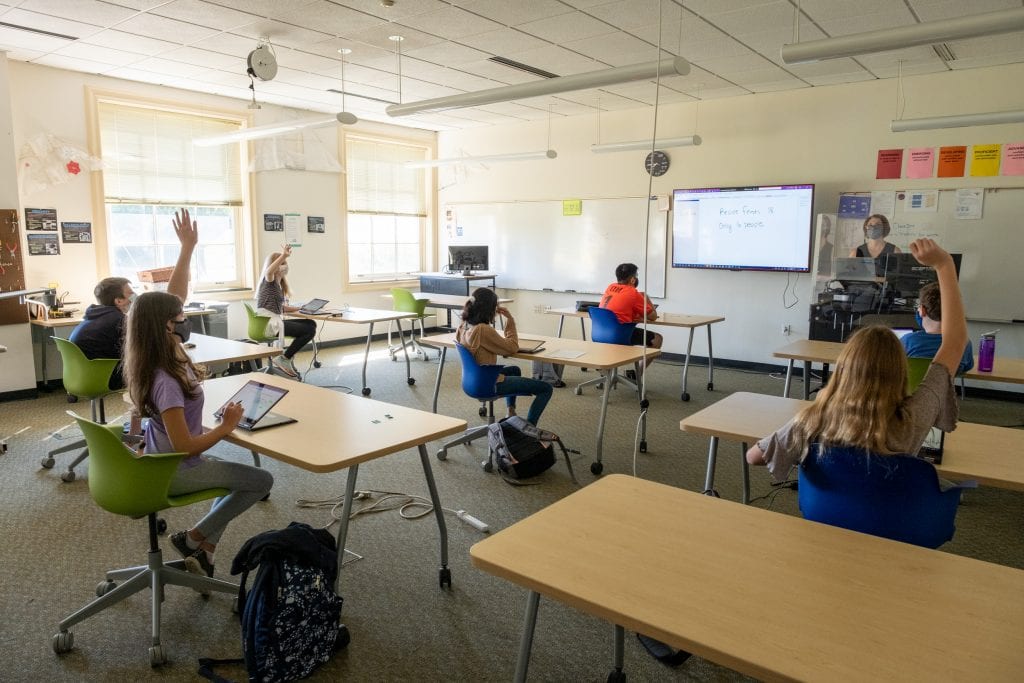
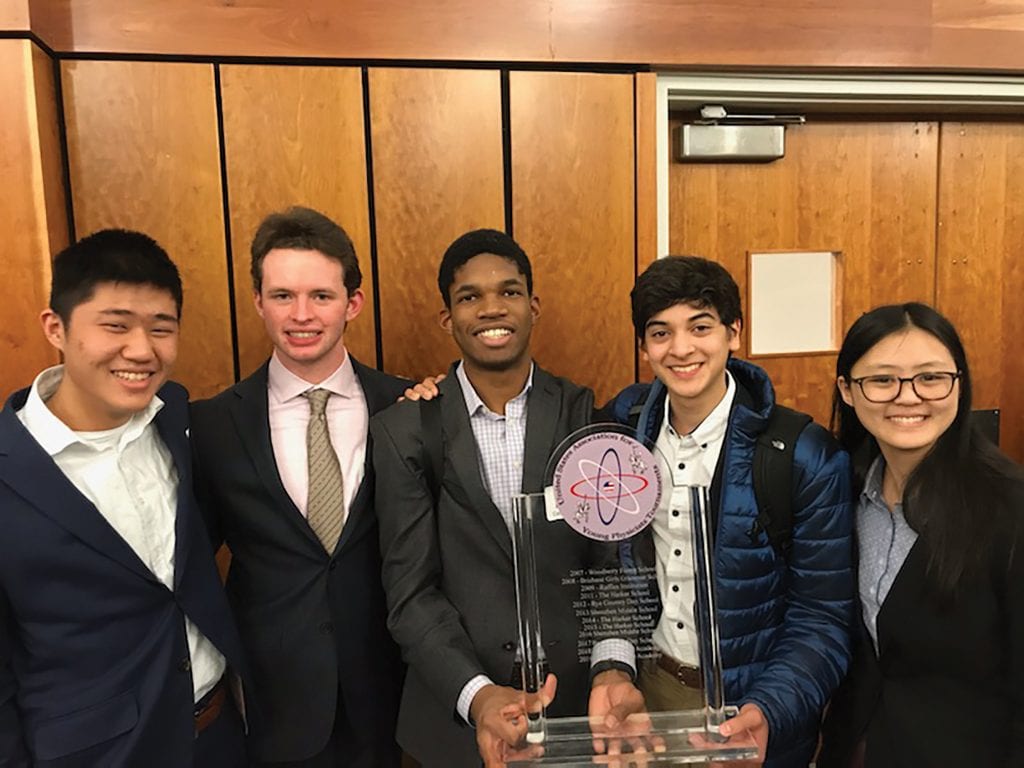
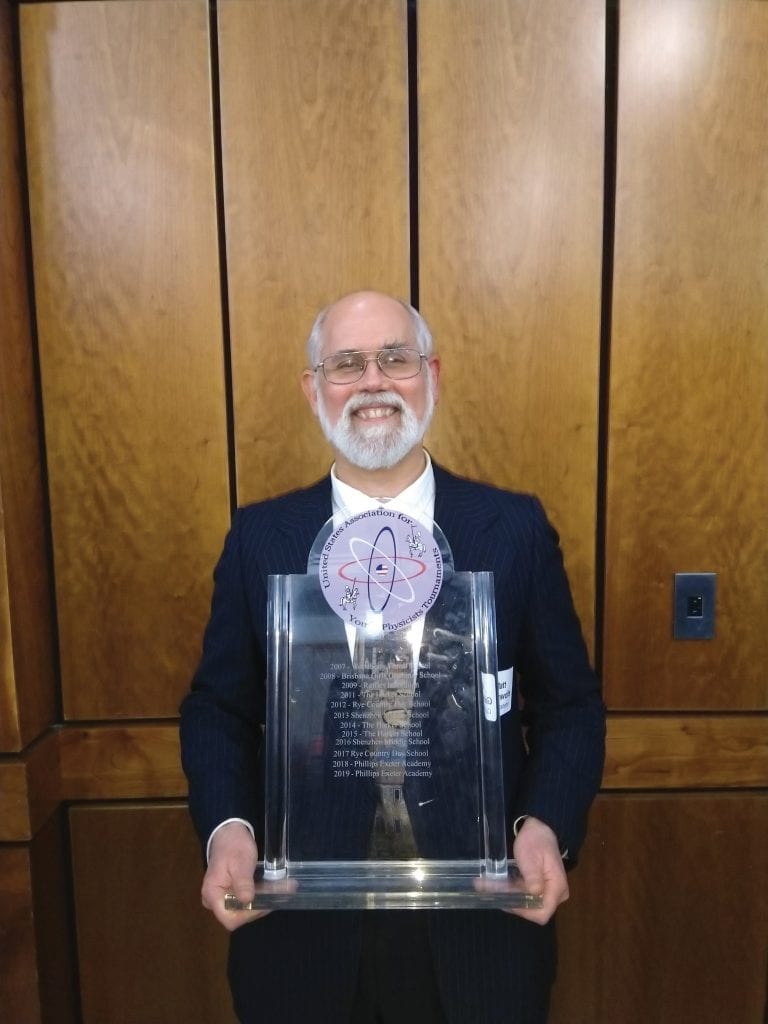
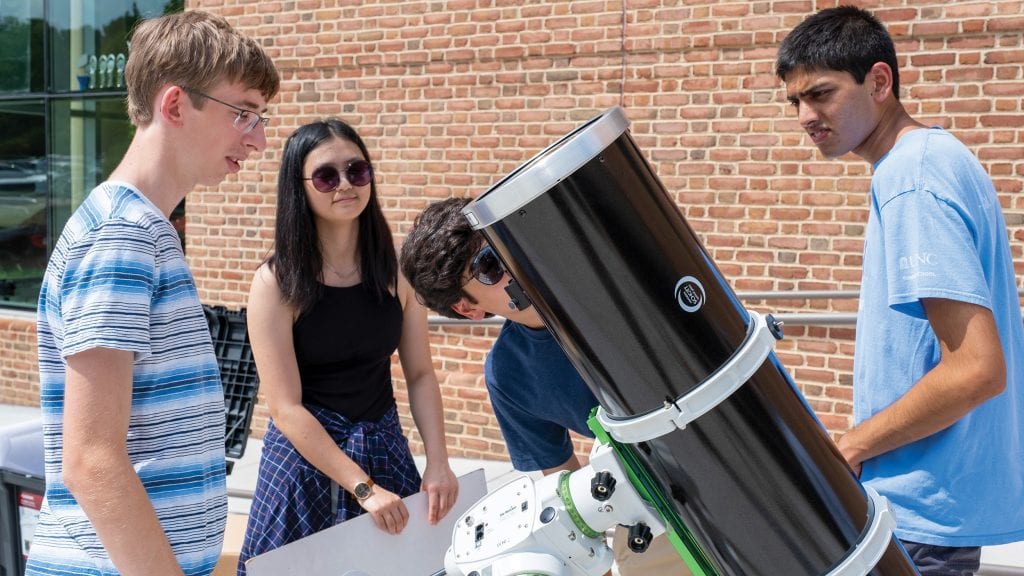
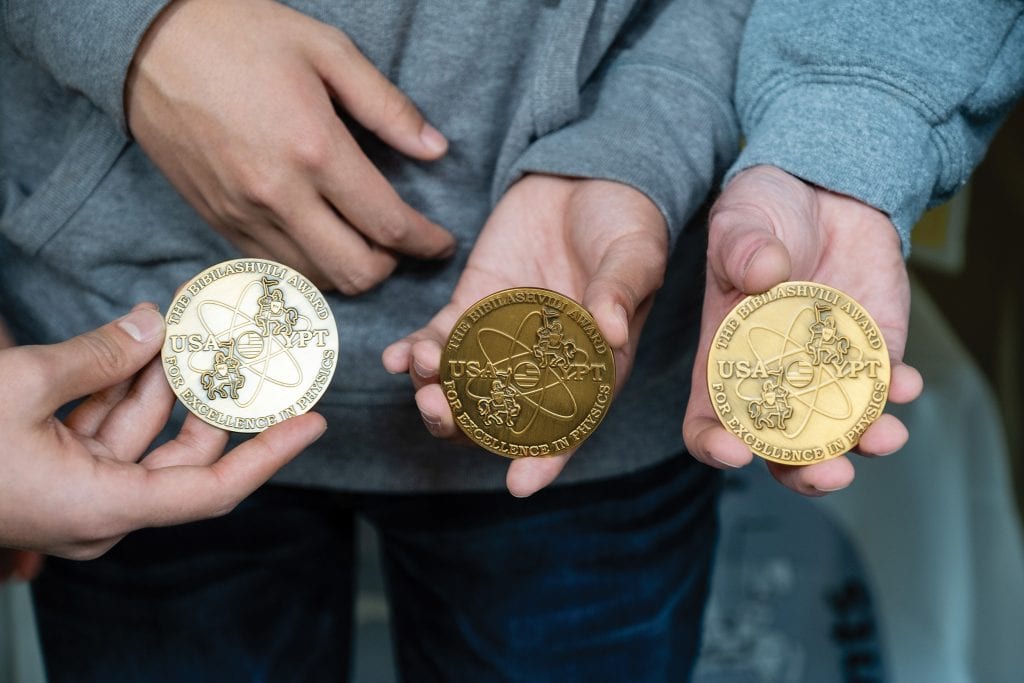
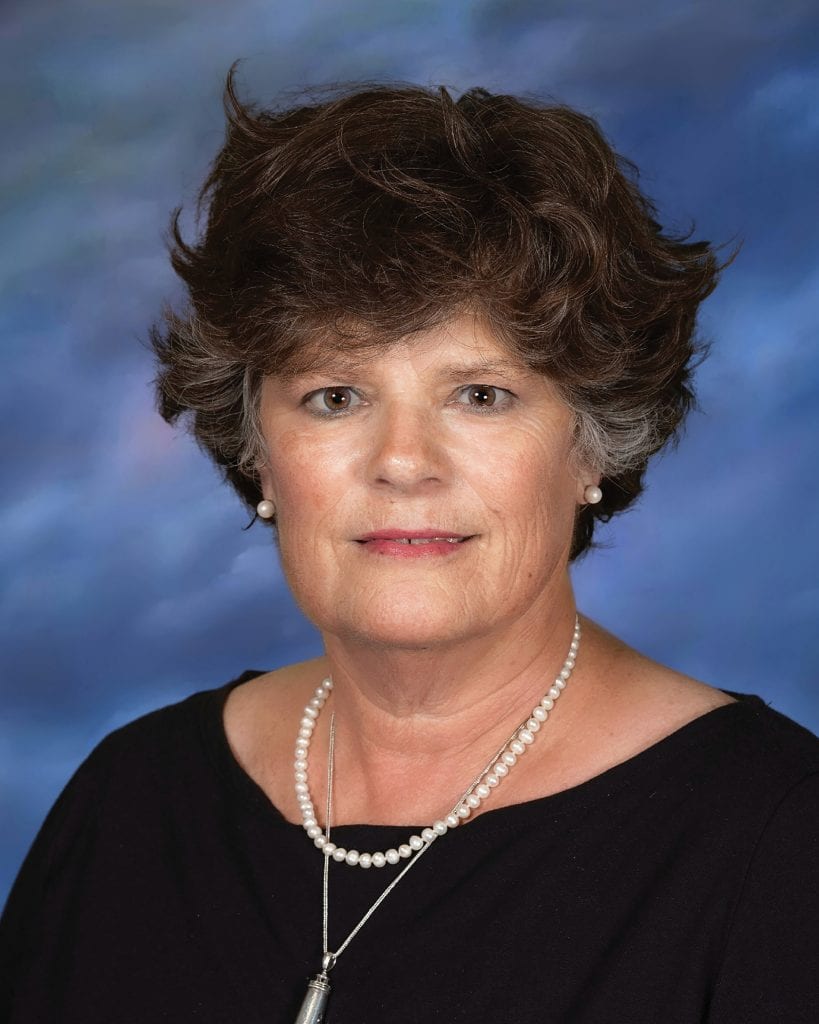
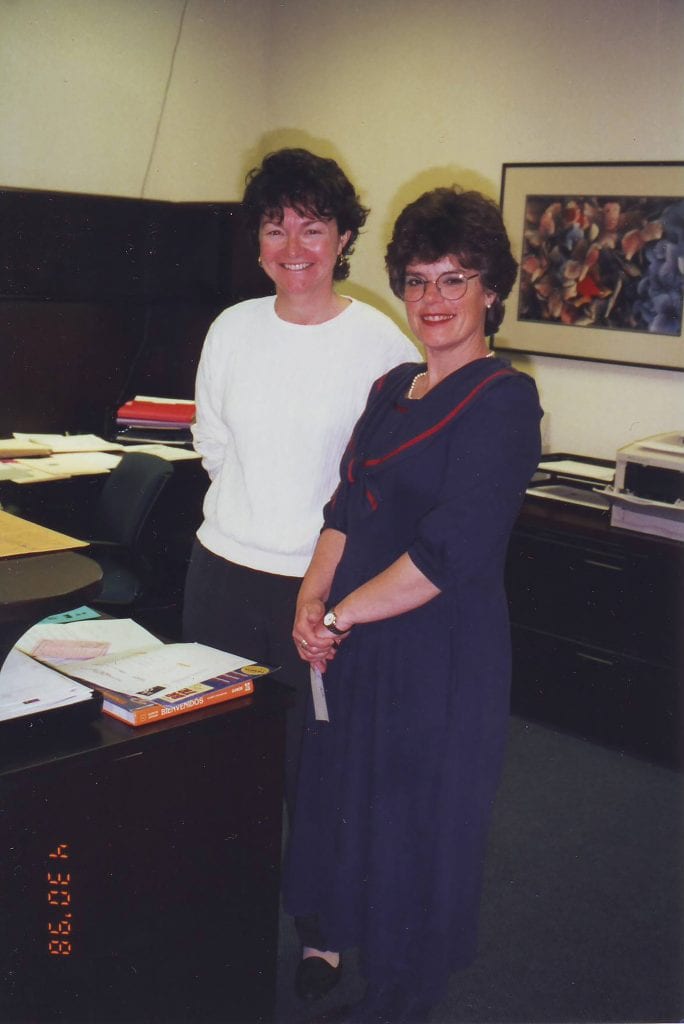
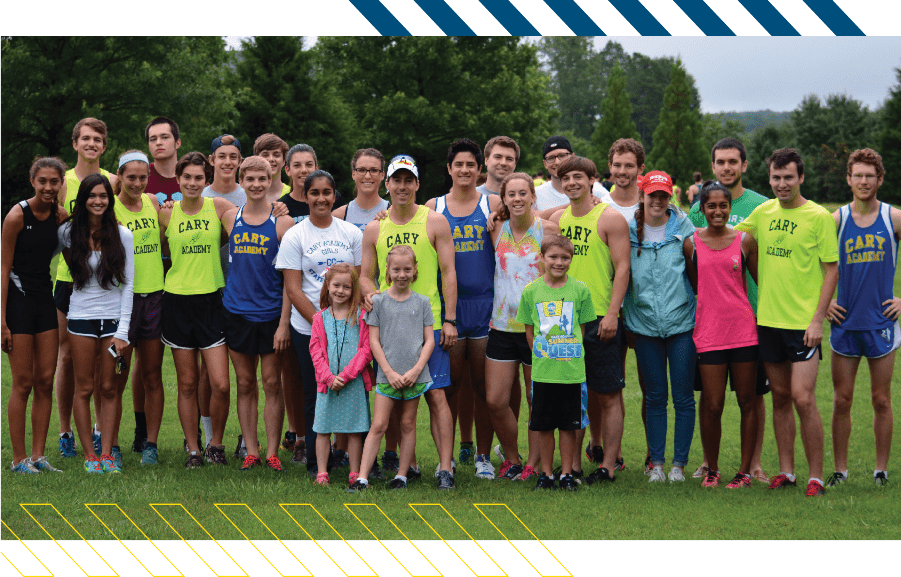
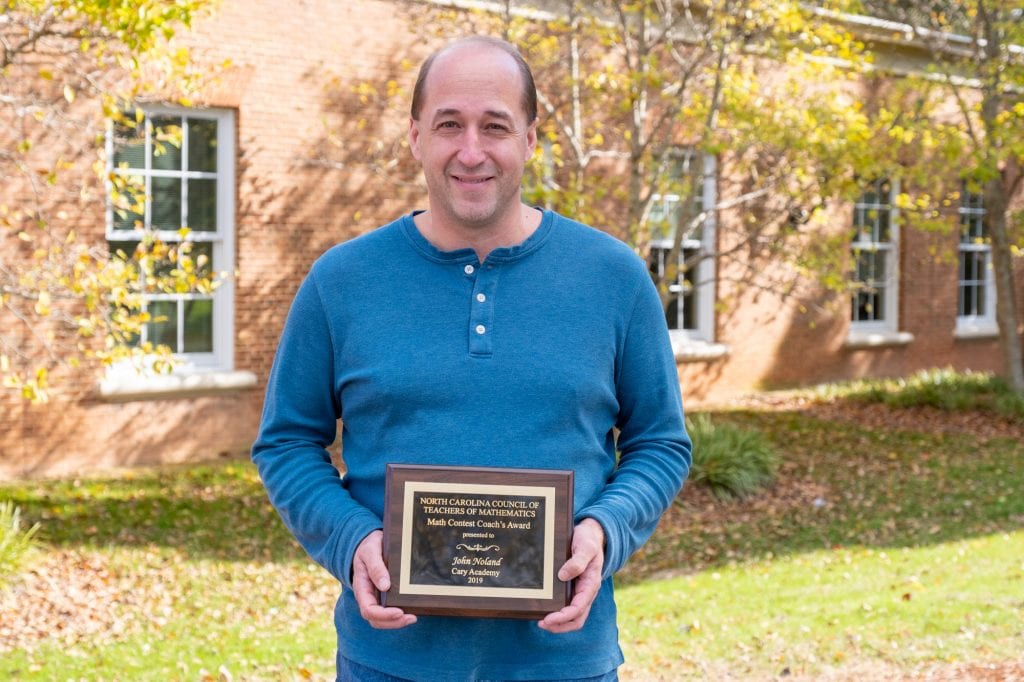
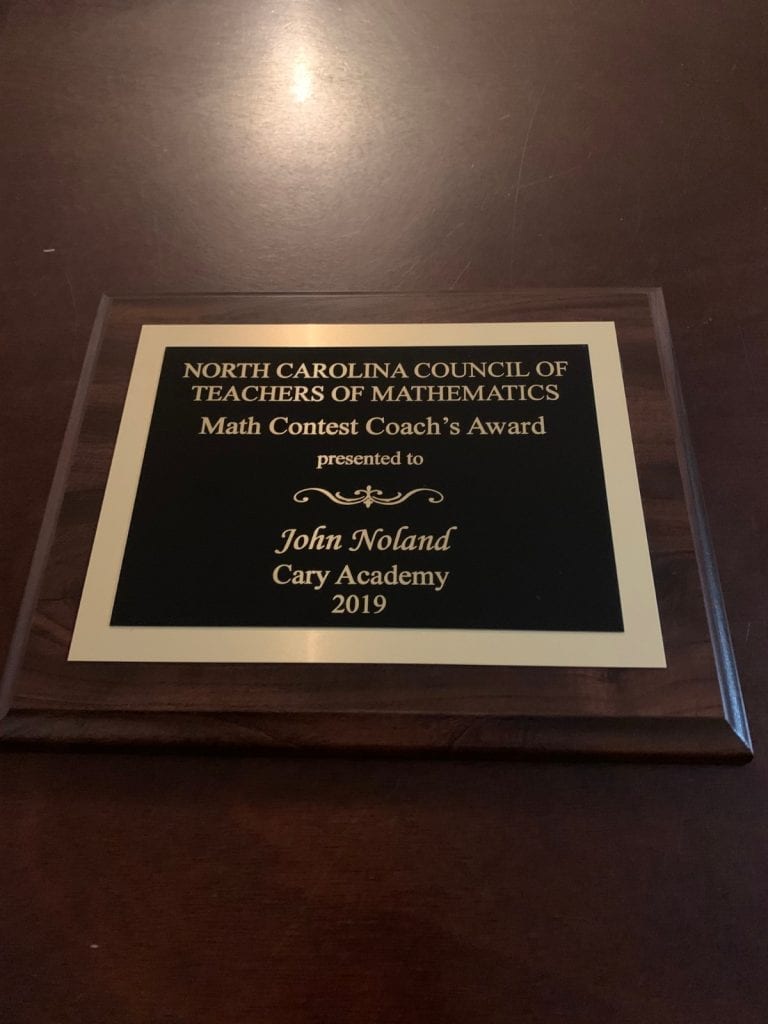
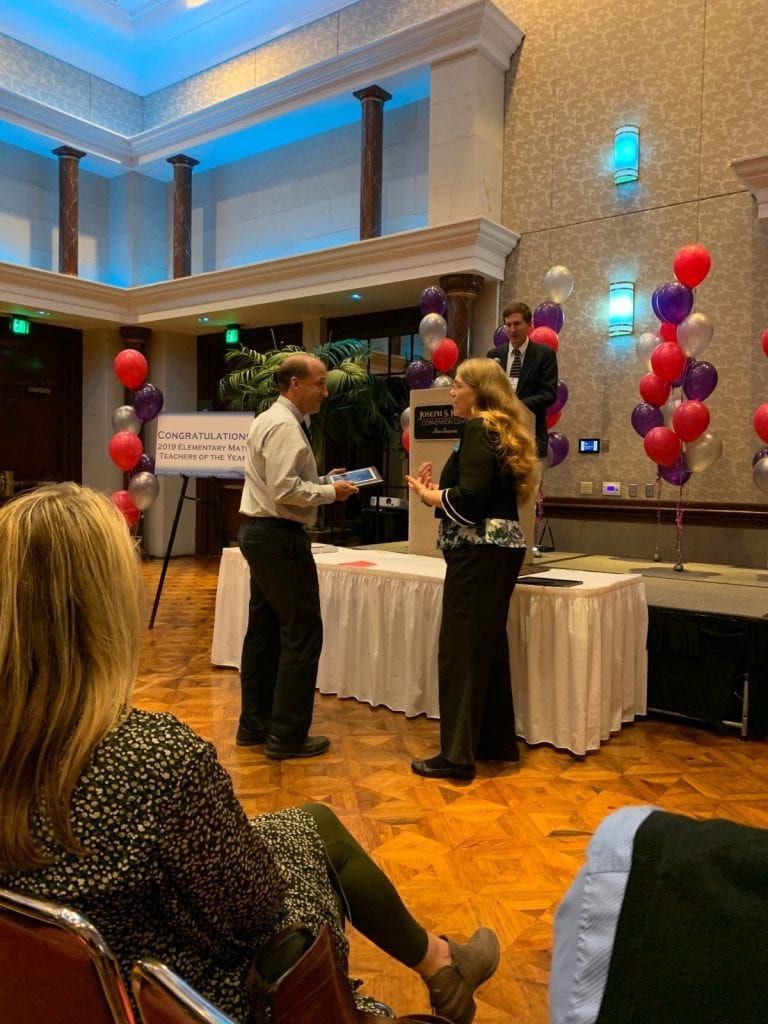
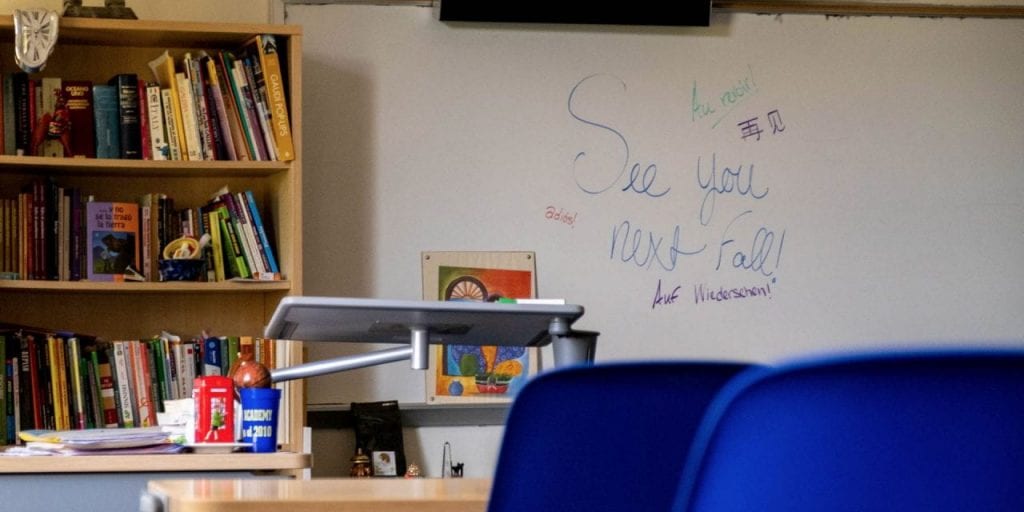
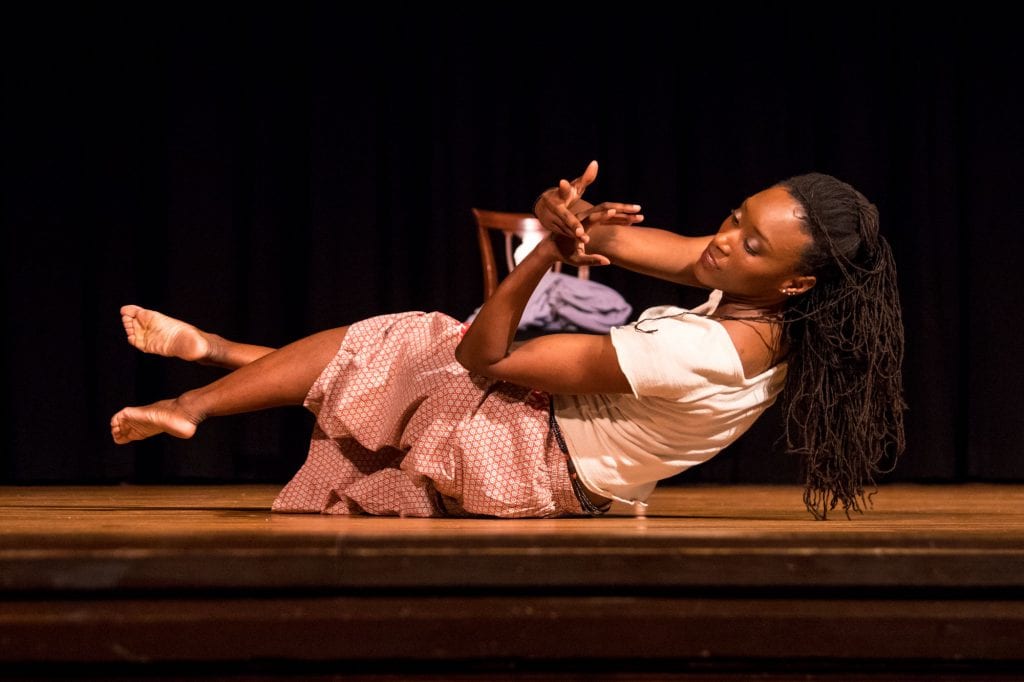
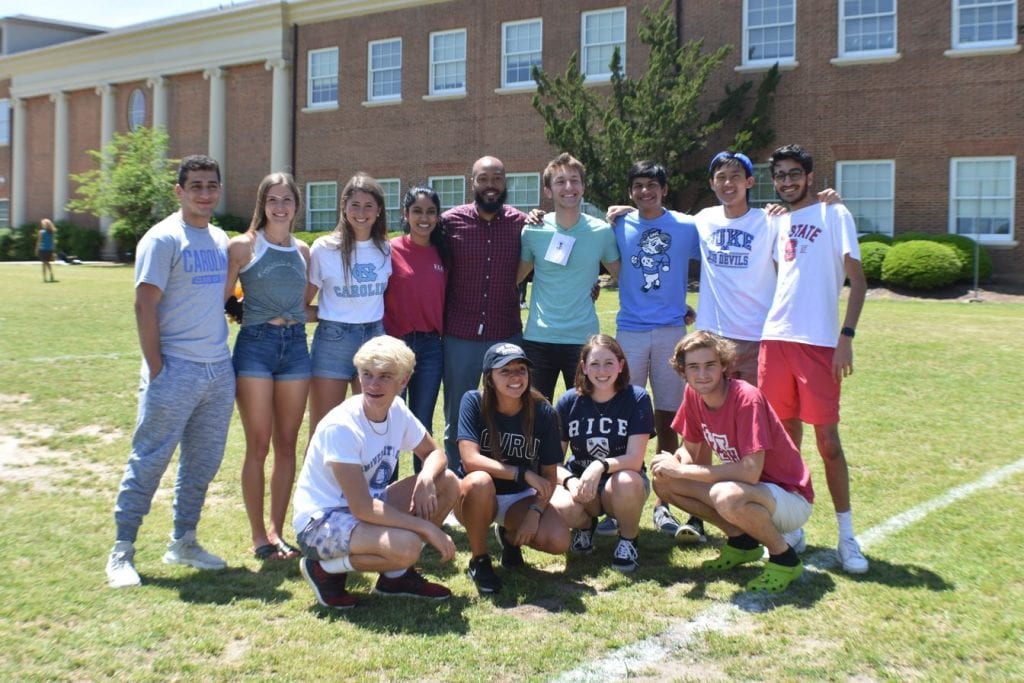
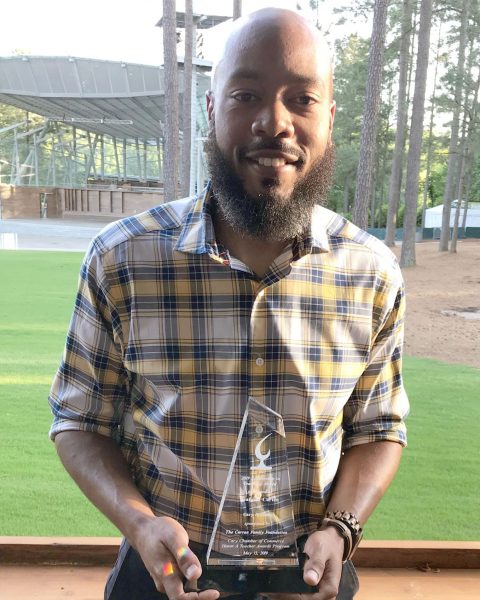 Upper School Associate Director of College Counseling Brandon Carter is the recipient of the 2019
Upper School Associate Director of College Counseling Brandon Carter is the recipient of the 2019 